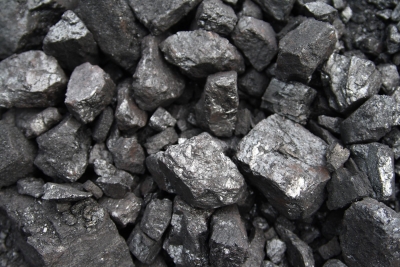
Clouds are like light fluffy, white cotton candies on the sky. How much could they weigh? Our first guess would be “Since they float in the air, perhaps, close to nothing!” Well, we are wrong. Researchers have calculated that the average cumulus cloud weighs an incredible 5,00,000 kg. That’s a hundred elephants!
Clouds, after all, are made up of water, and water is quite heavy. The density of cumulus clouds is around 0.5 gram of water per cubic metre. A 1 cubic km cloud contains 1 billion cubic metre. Doing the math: 1,000,000,000 x 0.5 = 500,000,000 grams of water droplets in our cloud. That is about 5,00,000 kg or 1.1 million pounds (about 551 tonnes).
So now, the next question is, how does all this massive weight stay afloat in the sky? How come they don’t fall on our heads? Because the air below it is even heavier. That is, the density of the same volume of cloud material is less than the density of the same amount of dry air. Just as oil floats on water because it is less dense, clouds float on air because the moist air in clouds is less dense than dry air.
Picture Credit : Google





